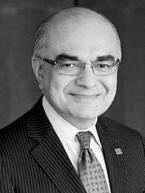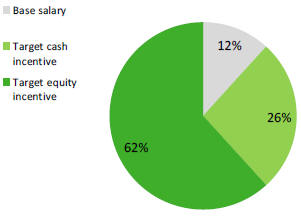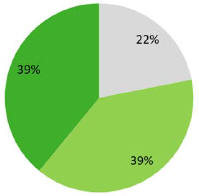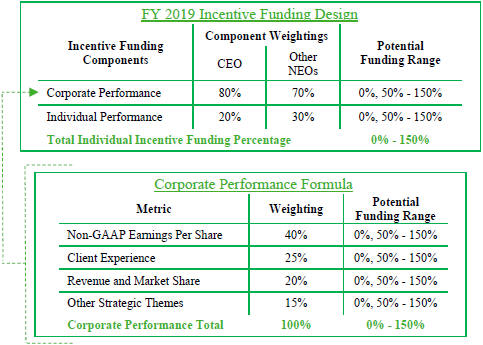| | | | | | | |
| | these services, the Company is paid an aggregate marketing fee based on the weighted average yield earned on the client IDA assets, less the actual interest paid to clients, a servicing fee and the cost of FDIC insurance premiums. The Company and TD entered into Amendment No. 1 to the Insured Deposit Account Agreement to address the treatment of Scottrade brokerage accounts following the closing of the Agreement and Plan of Merger (the “Scottrade merger agreement”), dated as of October 24, 2016, by and among Scottrade, Rodger O. Riney, as Voting Trustee of the Rodger O. Riney Family Voting Trust U/A/D 12/31/2012, created under the Voting Trust Agreement dated December 31, 2012, as amended on January 21, 2016 and the Company. | | | | |
| | | | | | | |
| | On April 6, 2017, a stockholder of the Company filed a stockholder derivative complaint regarding the acquisition of Scottrade by the Company and the acquisition of Scottrade Bank by TD. The suit named as defendants TD and the members of the Company’s board of directors. It also named the Company as a nominal defendant. The suit filed in the Delaware Chancery Court is captioned Vero Beach Police Officers’ Retirement Fund derivatively on behalf of nominal defendant TD Ameritrade Holding Corp. v. Larry Bettino et al. On August 9, 2018, the parties submitted to the court for its approval a stipulation of settlement of this action. Under the settlement, TD and an insurer on behalf of the Company’s directors agreed to make a settlement payment. Following a December 3, 2018 hearing, the court issued an order approving the settlement and the award of attorneys’ fees and expenses and dismissed the case with prejudice. | | million of non-operating revenue | | |
| | | | | | | |
| | Certain mutual funds of a TD affiliate received distribution and marketing support from the Company. | | million of investment product fee revenue | | |
| | | | | | | |
| | A wholly-owned subsidiary of TD promotes the brokerage services of TD Ameritrade, Inc., and another TD wholly-owned subsidiary referred existing brokerage clients to TD Ameritrade, Inc. | | | | |
| | | | | | | |
| | TD Waterhouse Canada Inc. (“TDW Canada”), a wholly owned subsidiary of TD, uses the thinkorswim trading platform, and TD Ameritrade, Inc. provides the services to support the platform. | | | | |
| | | | | | | |
| | TD Ameritrade Clearing, Inc. (“TDAC”), a wholly-owned subsidiary of the Company, provides certain order routing services to TDW Canada. | | million of other revenue, partially offset by $17.7 million of other expense | | |
| | | | | | | |
| | TD Bank USA, N.A. (“TD Bank USA”), a wholly-owned subsidiary of TD, provides cash management services to clients of TD Ameritrade, Inc. | | million of clearing and execution costs | | |
| | | | | | | |
| | TD Securities, Inc., an affiliate of TD, and the Company engage in securities borrowing and lending in connection with the Company’s brokerage business. | | million of net interest revenue | | |
| | | | | | | |
| | TD Securities (USA) LLC (“TDS”), a wholly-owned subsidiary of TD, and TD Ameritrade, Inc., are party to a master selected dealer agreement to facilitate the distribution of initial public offering SEC registered securities to TD Ameritrade, Inc.’s clients. | | million in commissions and transaction fee revenue | | |
| | | | | | | |
| | In connection with the closing of the Scottrade merger agreement on September 18, 2017, TD and the Company each provided the other with transition services. In addition, the Company agreed to reimburse TD for employment costs for up to 18 months for employees of Scottrade who perform transition services. | | | | |














